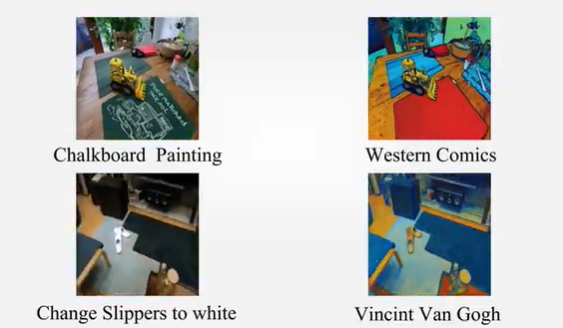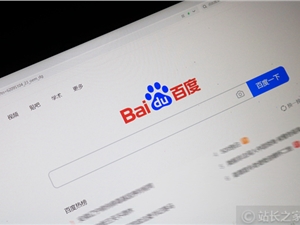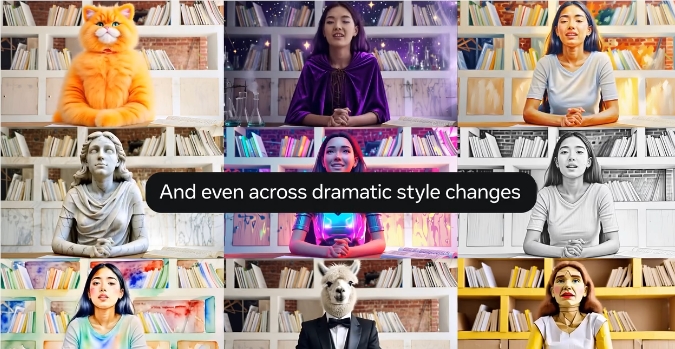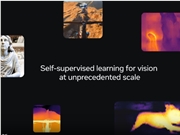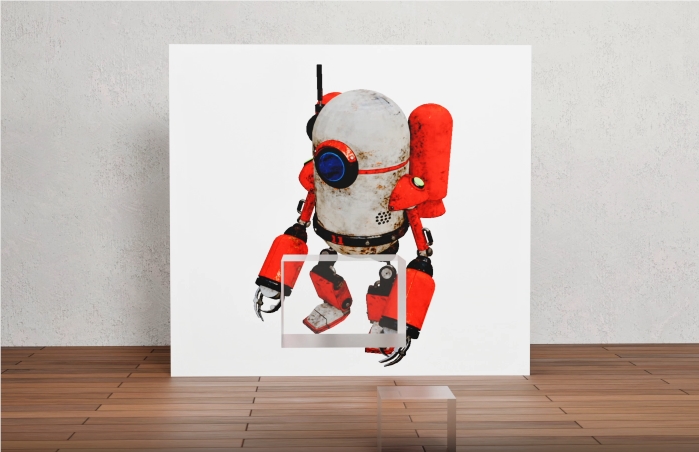Historic breakthroughs in 3D avatar generation technology are unfolding before our eyes. While the entire industry is still struggling with complex multi-view modeling and long training times, a joint research team from Tsinghua University and the Digital Economy Research Institute of the Guangdong-Hong Kong-Macao Greater Bay Area has quietly rewritten the rules. Their latest GUAVA framework has pushed 3D avatar generation technology to an unprecedented level with astonishing speed and accuracy, and has been successfully selected for ICCV 2025, the top conference in the field of computer vision.
The revolutionary nature of this technology is reflected in its remarkable efficiency. The GUAVA framework can complete the full generation process of a 3D upper-body avatar in just 0.1 seconds, using only a single ordinary photo. This number may seem unimpressive at first glance, but for professionals familiar with traditional 3D modeling processes, it is undoubtedly a groundbreaking breakthrough. Traditional 3D avatar generation methods not only require video footage taken from multiple angles, but also require specialized model training for each individual, which often takes several hours or even days.
The emergence of GUAVA has completely broken through these technical barriers. Now, users need only provide a clear photo, and the system can generate a 3D avatar model with rich details and high realism in real time. This improvement in convenience is not just a quantitative change, but a qualitative leap, transforming 3D avatar technology from a tool exclusive to professional studios into a daily application that ordinary users can easily use.
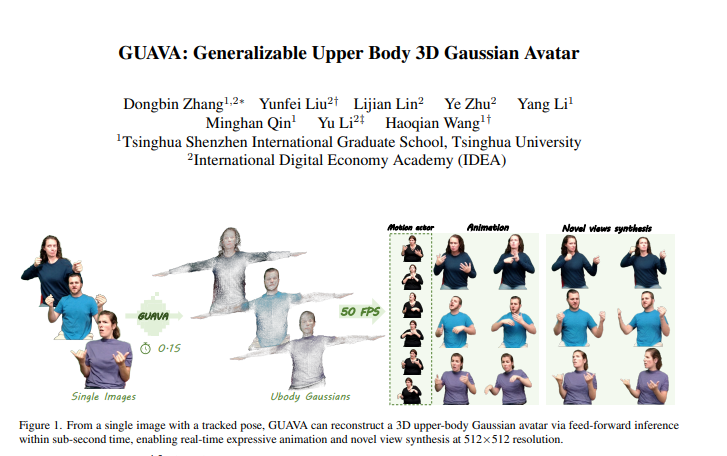
The core of the technological innovation lies in the new 3D Gaussian model introduced in the GUAVA framework. This innovative mathematical model fundamentally changes the way 3D avatars are generated, achieving an unprecedented level of expressiveness and detail in the final generated virtual characters. By cleverly combining with the EHM expression human model, GUAVA not only accurately captures the subtlest facial expressions, but also perfectly reproduces complex hand gestures, while maintaining an impressive reconstruction speed at all times.
Extensive comparative experiments conducted by the research team have fully demonstrated GUAVA's absolute advantages in performance. Whether in terms of final rendering quality or processing efficiency, GUAVA significantly surpasses all mainstream 2D and 3D avatar generation methods currently available on the market. More astonishingly, the framework can achieve a rendering speed of approximately 50 frames per second, a figure that far exceeds the typical few frames per second achieved by other similar methods, laying a solid technical foundation for real-time interactive applications.

The application prospects of GUAVA technology are extremely broad, covering almost all digital scenarios that require virtual character presentation. In the film production field, directors can quickly create digital doubles for actors, greatly shortening post-production time. Game developers can provide players with more personalized character customization experiences, allowing them to have unique avatars in the virtual world with just a selfie. In the increasingly popular remote work environment, virtual meeting participants can use more vivid and realistic 3D avatars for communication, enhancing communication effectiveness and engagement.
What is even more commendable is that the research team has chosen to open the complete source code of GUAVA to the global developer community. This open-source spirit not only reflects the open attitude of academic research, but also provides valuable innovation foundations for developers and researchers around the world. Countless technology enthusiasts can now conduct secondary development and innovative applications based on this powerful framework, which will surely lead to more surprising technological breakthroughs and commercial applications.
The success of the GUAVA project is not just a technological breakthrough, but also a concentrated demonstration of Tsinghua University's deep research capabilities in the fields of artificial intelligence and computer graphics. This project perfectly integrates the latest achievements from multiple cutting-edge areas such as deep learning, computer vision, and 3D modeling, representing the highest level of interdisciplinary collaboration in the current academic field.
As the digital economy era continues to deepen, virtual character technology has evolved from a science fiction concept into a practical demand. From virtual anchors on social media to AI customer service on e-commerce platforms, from virtual teachers in online education to personalized characters in gaming entertainment, the application scenarios of 3D avatar technology are experiencing explosive growth. The emergence of the GUAVA framework comes at the right time, not only providing technical support for these application scenarios, but also setting a new benchmark for the industry with its outstanding performance and ease of use.
The emergence of GUAVA marks the beginning of a new development stage in 3D avatar generation technology. It not only provides researchers with powerful tools, offers developers endless possibilities, but also opens a convenient door for ordinary users to enter the virtual world. At this critical moment of technological transformation, GUAVA is proving to the world that the future has already arrived with its outstanding performance.
Project Address: https://eastbeanzhang.github.io/GUAVA/


